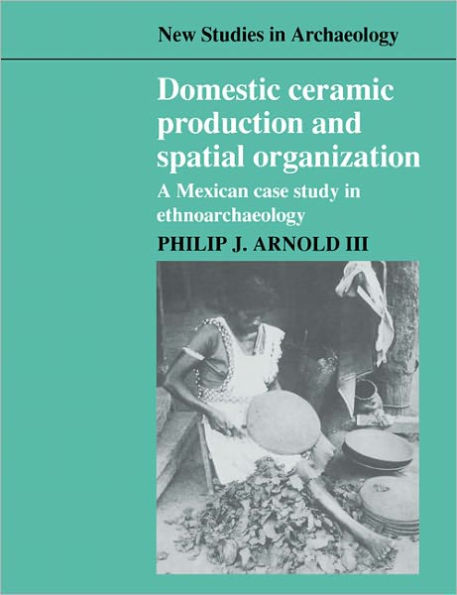5
1

Domestic Ceramic Production and Spatial Organization: A Mexican Case Study in Ethnoarchaeology
196
Domestic Ceramic Production and Spatial Organization: A Mexican Case Study in Ethnoarchaeology
196Paperback(Revised ed.)
$44.99
44.99
In Stock

Product Details
| ISBN-13: | 9780521545839 |
|---|---|
| Publisher: | Cambridge University Press |
| Publication date: | 12/04/2003 |
| Series: | New Studies in Archaeology |
| Edition description: | Revised ed. |
| Pages: | 196 |
| Product dimensions: | 7.40(w) x 9.70(h) x 0.50(d) |
From the B&N Reads Blog
